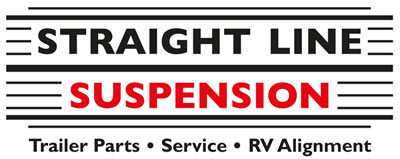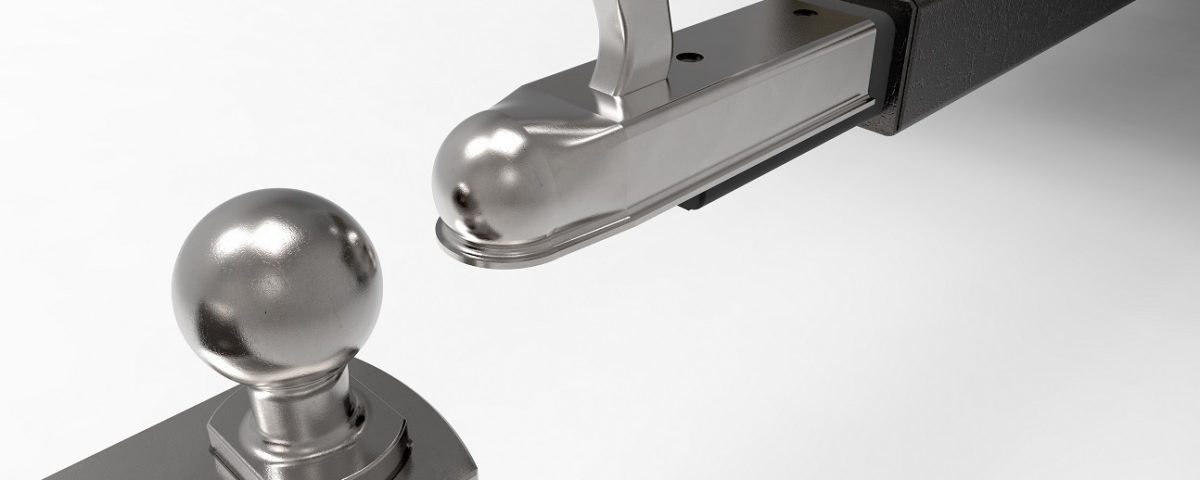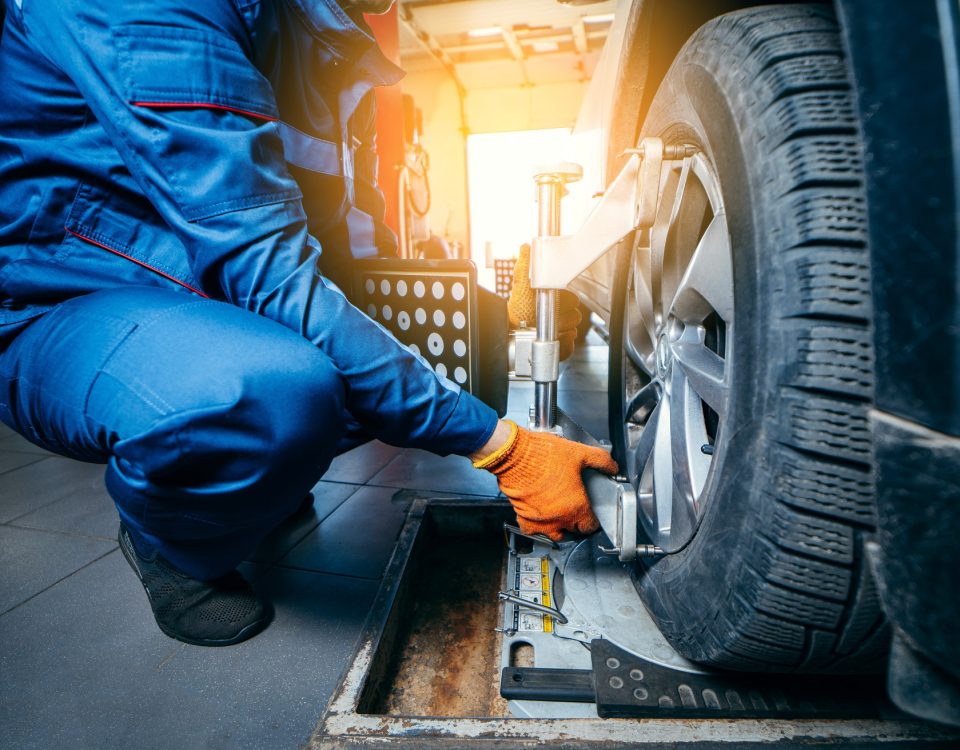How to determine the right trailer size.

Have you encountered any of these common trailer problems?
September 28, 2017Are you sizing your trailer correctly?
One of the biggest problems we see here at the shop is missized trailers. If you don’t know how to size a trailer, it can cause a whole host of serious problems. They won’t always present immediately either. Sometimes it can take hundreds of miles before the consequences are known. That isn’t good when you’re towing something like recreational vehicles into the wilderness. If you aren’t on the main road, recovery can quickly become a logistical nightmare. The best way to prevent problems? Make sure you have a properly sized trailer to begin with.
What are the most important factors when deciding on a trailer?
- The weight of the load you are towing is the single largest determining factor. Every single vehicle is capable of towing a trailer. Even a smart car can manage it. The question isn’t whether your vehicle is capable of towing, but how much it can tow. You never want to exceed your vehicle’s total rated towing capacity. When you do, things can quickly go south.
- The towing capacity of your vehicle. Typically speaking, the larger the vehicle and more powerful the engine, the greater the towing capacity. Every vehicle is rated to tow a certain amount.
- The connections you have available. Hitches can always be changed out on a vehicle. If yours is already equipped though, you may want to consider working with it instead of replacing it. Hitches and trailer types also have unique strengths and weaknesses. We’ll cover the advantages and disadvantages of the most common types further down.
What is the gross combination weight rating?
The gross combination weight rating for your vehicle is the maximum amount of weight that it can support combining the vehicle, passengers, trailer, and load weight. Many trailer owners forget to consider the weight of the trailer itself. This is a major mistake with serious repercussions. Manufacturers typically try to make it easy to find the GCWR. Look inside of the door. These numbers are often grouped together with tire pressure rating and other information.
The parts of a trailer and how to size them for your load and vehicle.
The first thing to remember is that the maximum weight rating for your towing system is only as high as the lowest rated part in it. Even with a towing system that supports 5,000lbs, if you use a ball mount that is only rated for 2,000lbs, that is your maximum weight rating until you upgrade it with new trailer parts.
Choosing a hitch system.
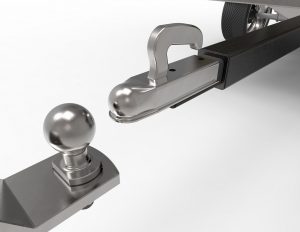
Hitch systems are weighted by class.
These are separated into 5 different classes. The higher the class the greater the GTW carrying capacity. For example, a class 1 hitch will only be rated for 2,000lbs while a class 5 may go as high as 20,000. The most common type is rear mount hitches, but front mounts are available. Pintle hitches are one of the strongest. For those towing a 5th wheel, a 5th wheel hitch is an obvious choice. Pickup trucks also frequently use gooseneck hitches for the space savings.
- How heavy is the maximum load you’ll tow? This will determine the GTW of the hitch you want to use.
- What does your vehicle support? Not all hitches work with every single vehicle type. SUV’s and trucks have a greater variety of options.
- Points of contact. The more points of contact your hitch has when connecting to your vehicle, the more secure it will be.
Choosing a hitch ball.
Make sure your hitch ball matches the weight rating of your hitch system. The diameter of your hitch ball must match the diameter of your trailer coupler. Mismatching these leaves room for the trailer to bounce loose.
- Check your receiver tube diameter. There are three sizes of tube diameter from 1.25″ to 2.5″ The tube diameter corresponds to the diameter of the hitch ball, from 1 and 7/8″ up to 2 and 5/16″.
Choosing a ball mount.
Choose a ball mount that levels your trailer. A trailer must be level with the hitch on your vehicle. You want a ball mount that creates a completely level plane between the receiver on your vehicle and the trailer coupler.
- We have a massive selection of ball mounts that have different levels of “drop”. We can help you match and install the right ball mount for your trailer. This ensures you won’t encounter serious problems with a vehicle weighing down your trailer so that it lifts up, or a trailer weighing down your vehicle and causing it to lift up.
The total trailer tongue weight for your vehicle should be between 7 and 12 percent of your GTW (Gross trailer weight)
Which trailer is right for you?
There are some factors for your trailer you’ll need to take into account. Size isn’t everything. The axles supporting your trailer are just as important as the trailer itself. Make sure your GAWR (Gross Axle Weight Rating) can support the weight of the trailer and the load you intend to place on it.
The best trailer types for each application.
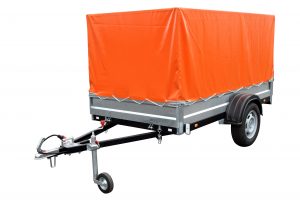
Flat bed trailers are ideal for large and heavy loads where security and weather are not a concern. Though you can always use a tarp to help protect the items on the back of a trailer, the more unwieldy the item, the more secure it is. These are perfect for storage containers, vehicles, boats, motorcycles, and nearly any application.
Enclosed trailers are perfect when weather and security matter most. Because enclosed trailers offer two layers of protection, they are ideal for more sensitive items. Not only is the load protected from prying eyes, it’s protected from the elements. These are often used for show cars, electronics transportation, and other temperature and moisture sensitive goods.
Lowboy and gooseneck trailers are great for tall and long items. A lot of heavy equipment and machinery is tall. Because freeway overpasses have regulations for the height of a load, these trailers are positioned very low to the ground in an L-shaped configuration. This provides extra distance between the load and maximum height achieved by a standard deck or flatbed trailer.
Cart trailers versus flat utility trailers. Depending on what you’re towing, certain trailers come with tailgates and bars. Whether or not you want to customize your trailer or have the supporting dimensions determined by the manufacturer is the biggest deciding factor. There are also many specialized options for travel and transportation of small recreational vehicles.
